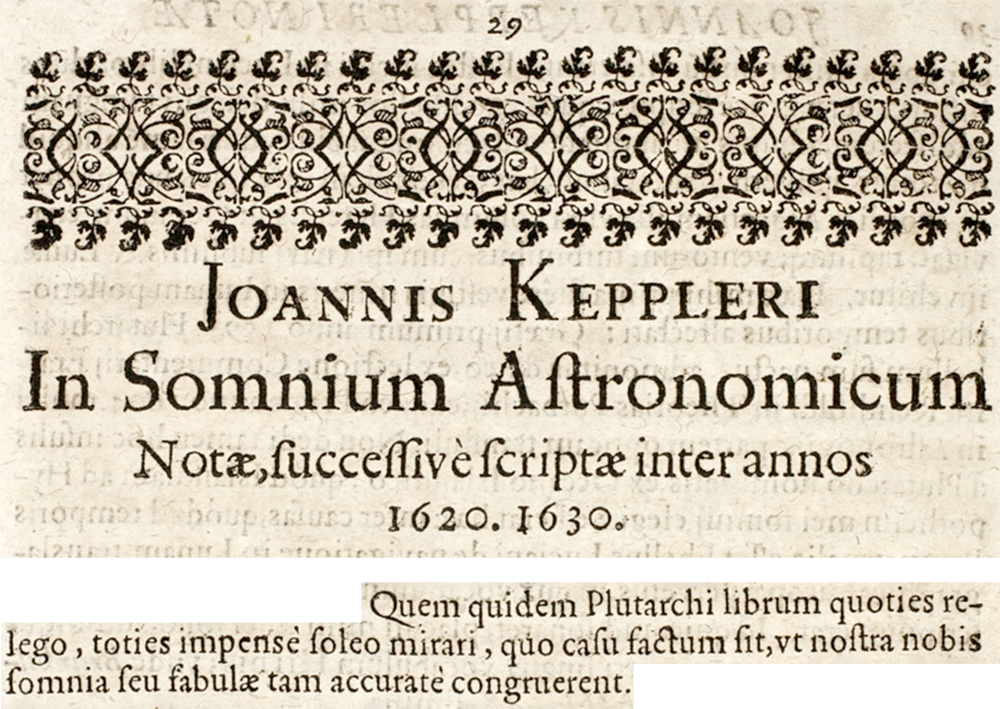2
As often as I reread
Plutarch's book,
On the face in the Moon,
so often do I wonder exceedingly how it chanced
that our dreams or our extravaganzas coincide so exactly
16.
An Islandic Bishop informed Tycho Brahe that the inhabitants of the Virgin Islands,
besides listening to the word of God in the temple,
were accustomed to embroider words or some prolonged phrases on linen cloth
with a needle and colored threads, by spinning with remarkable swiftness.
L’évêque d’Islande racontait à Tycho Brahé que les jeunes islandaises,
tout en écoutant la parole de dieu à l’église,
avaient coutume d’utiliser des fils de couleur pour broder sur de la toile
avec une rapidité remarquable des mots isolés ou des formules.
28
I was then engaged in reading Martin Delrio concerning questions of magic.
The following verse of Virgil is well known:
"Songs can even draw the moon down from heaven."
(Eclogue, 8:69)
38
Searching for a reason for this number,
I advanced no more than that I found just as many letters or characters
in the words Copernican Astronomy
and that there are as many forms of relationship between every two planets,
and their number is 7.
This is a happy occurrence that there are just as many throws of two cubical dice.
The trigonal number is 21, with 6 as its base.
J’ai trouvé qu’il y a le même nombre de lettres dans les mots Astronomia Copernicana
& de formes de conjonctions entre les planètes
-qui sont au nombre de 7- prises deux à deux.
Il est amusant de noter qu’on peut jeter autant de fois une paire de dés cubiques.
En effet 21 est un nombre triangulaire de base 6.
42For the Hebrews, the Moon is Lebana or Levana.
I could have named Selenitis,
but Hebrew words are more attuned to superstition in occult sciences
because of their incomprehensibility.









